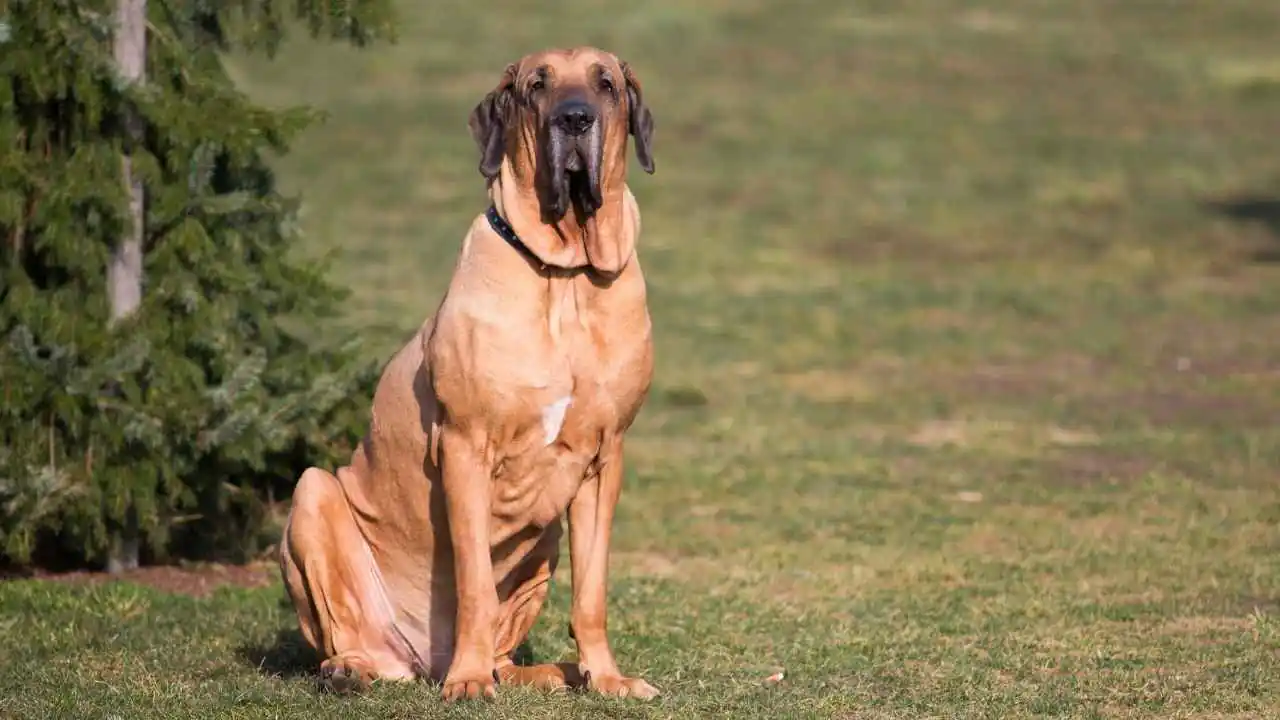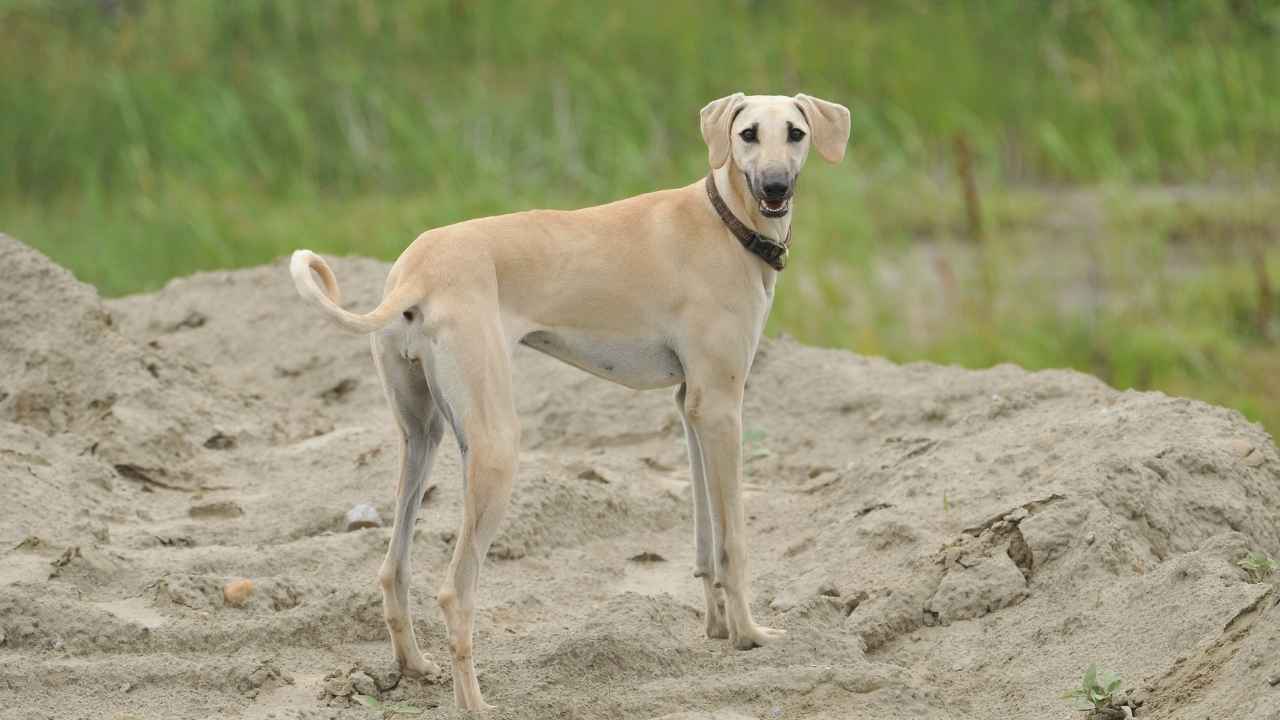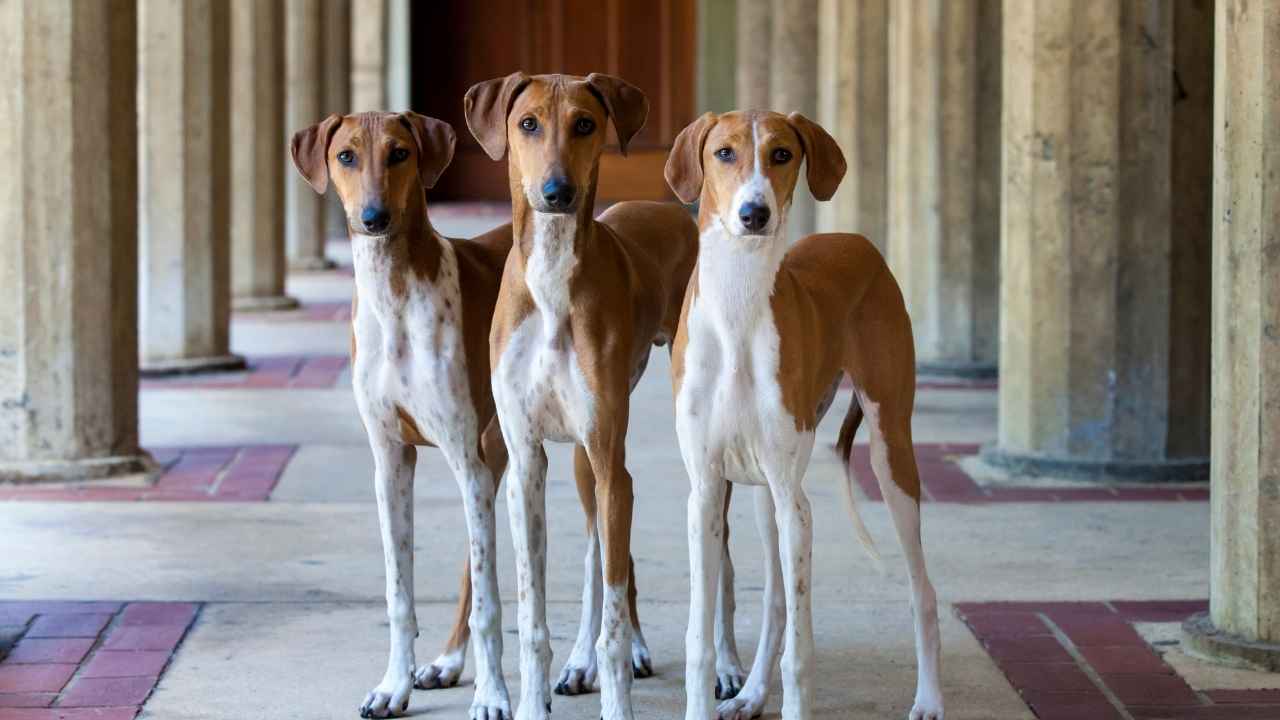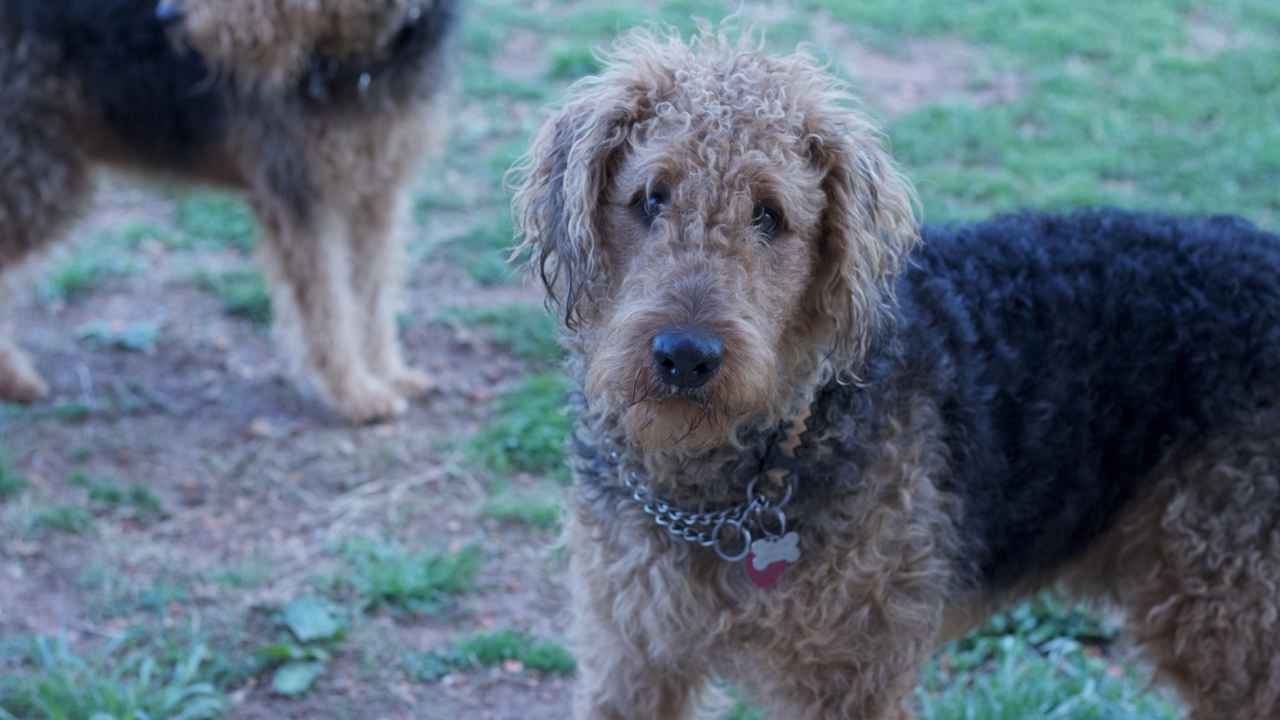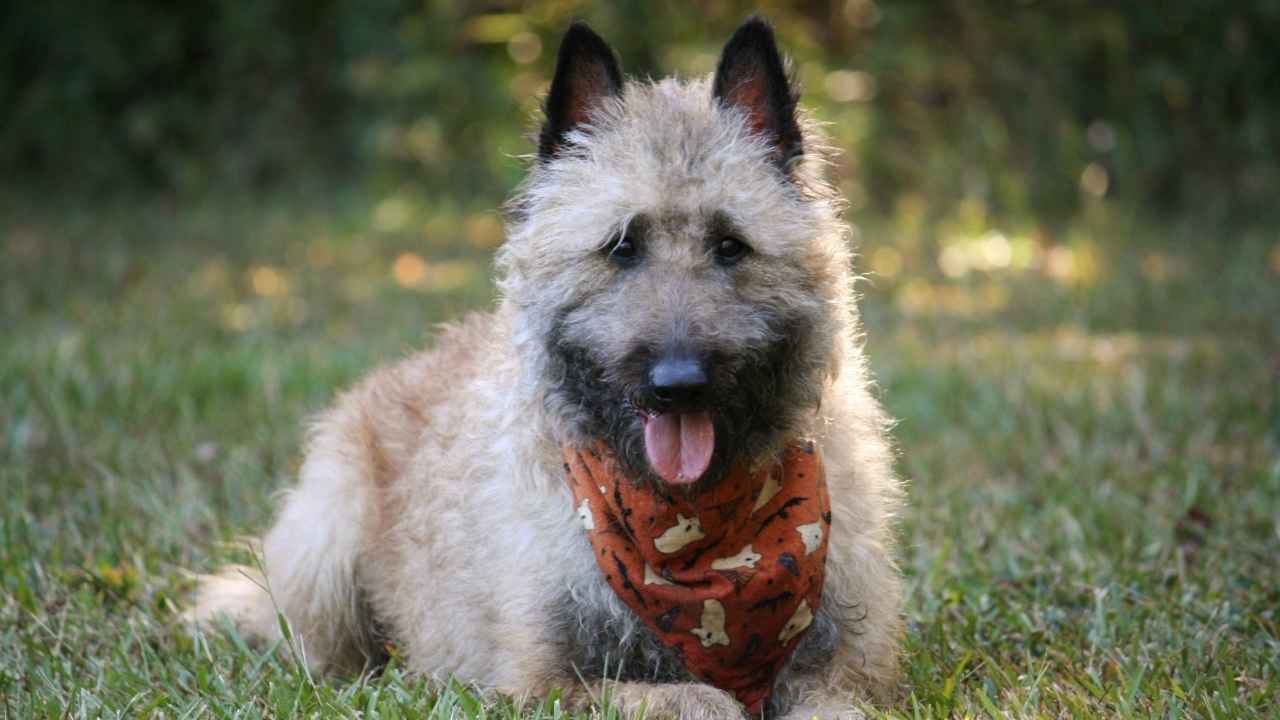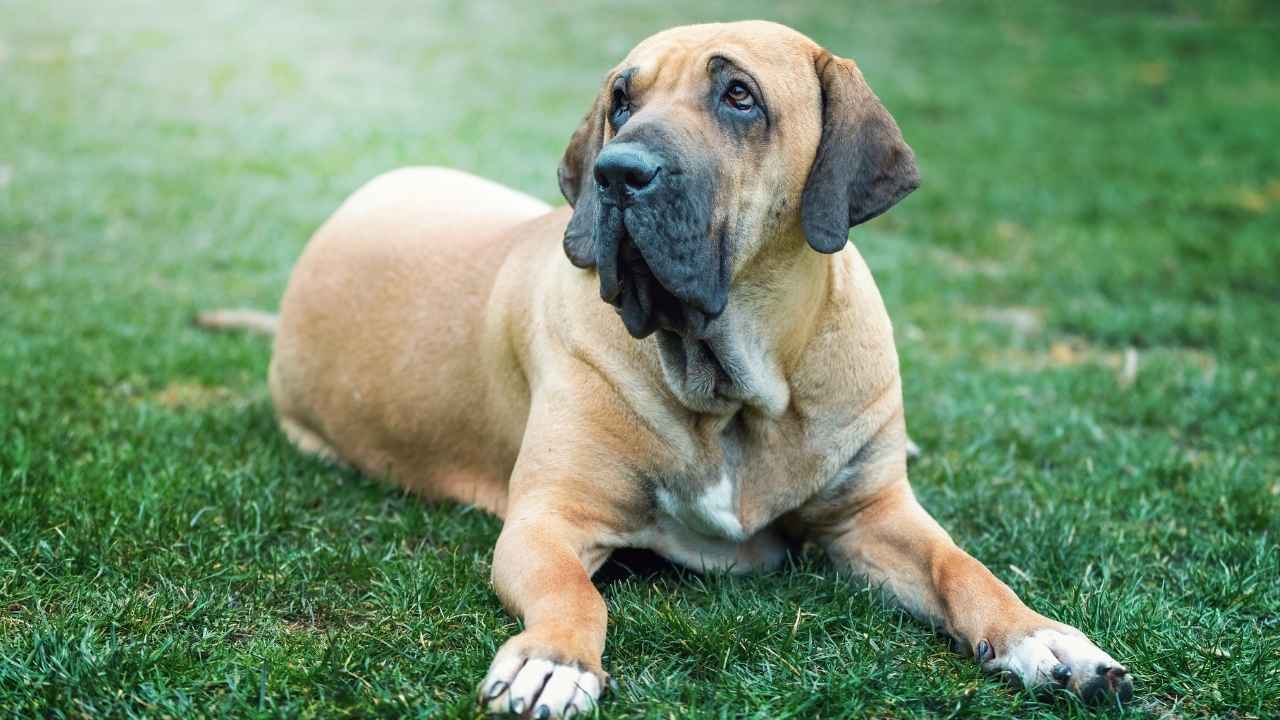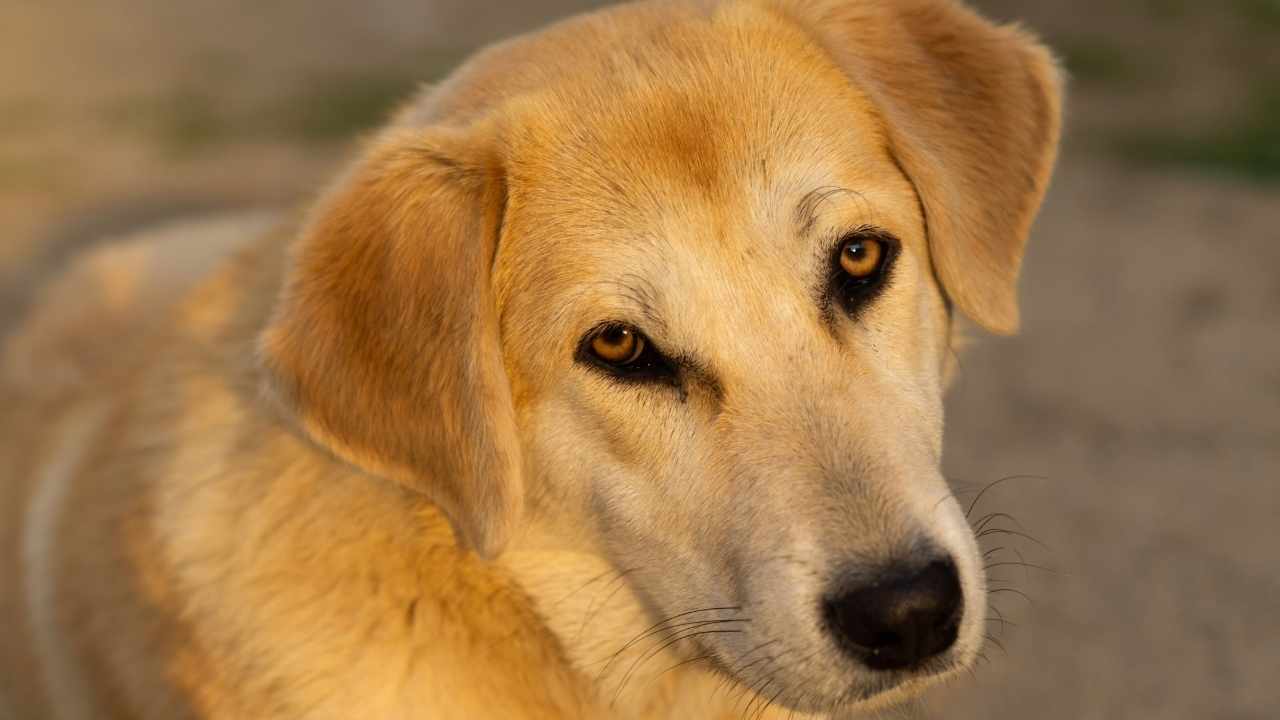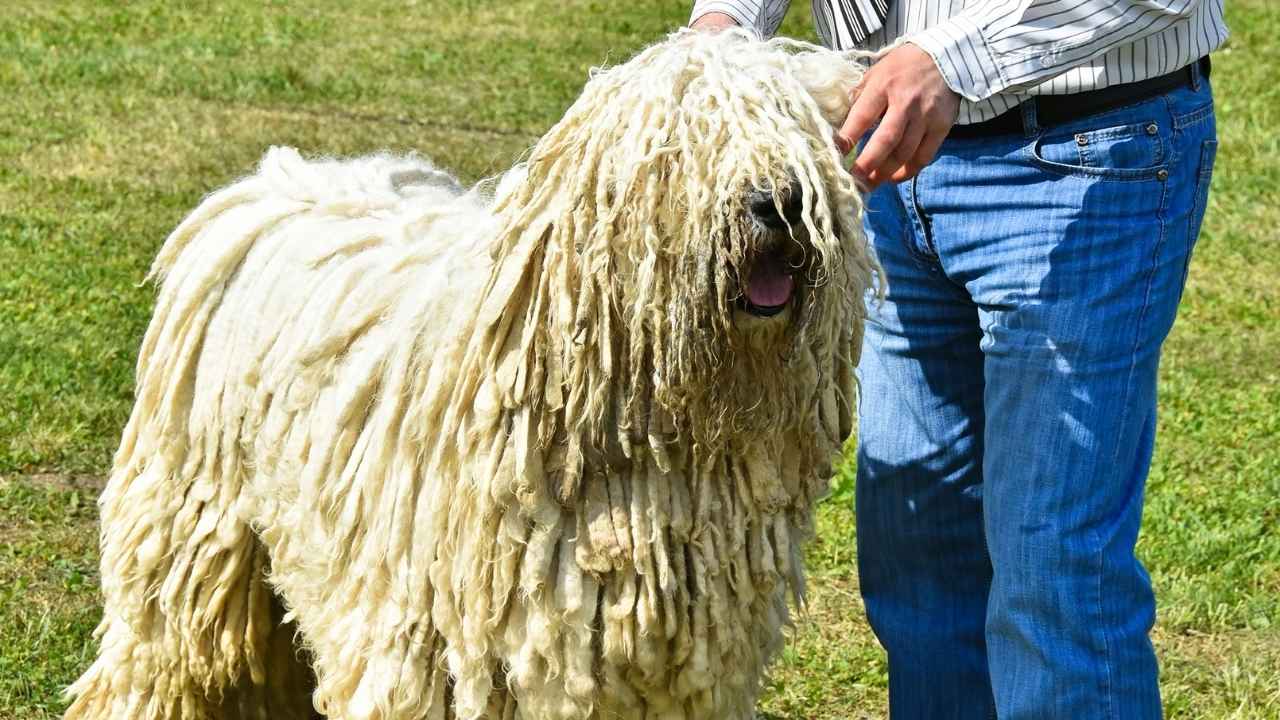In a world where Labradors and German Shepherds often steal the spotlight, there exists a fascinating realm of rare big dog breeds that remain largely undiscovered. These majestic giants, with their unique appearances and intriguing histories, offer companionship and loyalty in extraordinary measure. From the rugged mountains of Tibet to the snowy expanses of Russia, these breeds have evolved with distinct traits suited to their environments. In this exploration, we delve into the lives of seven rare big dog breeds that you’ve probably never heard of, shedding light on their stories, personalities, and the special roles they fill in our hearts and homes.
Dogs have been part of human life for centuries, starting as trusted hunting partners and hardworking helpers. Over time, their roles evolved, and today, they’re beloved companions in countless homes.
From their wagging tails to their unique personalities, dogs have become an integral part of our lives, with millions of households in the U.S. sharing their hearts and homes with these amazing animals.
While some breeds capture the spotlight due to movies, TV shows, or trends, like Dalmatians or Siberian Huskies, many incredible large breeds remain hidden gems. These rare big dogs have fascinating stories, striking appearances, and one-of-a-kind traits that set them apart.
At WAF, we believe every breed deserves recognition, so let’s take a closer look at these extraordinary, lesser-known giants and the special qualities that make them truly unforgettable.
7 Rare Big Dog Breeds
1. Sloughi
The Sloughi is an ancient breed with a history stretching back thousands of years. Depictions of dogs resembling the Sloughi have been found on pottery from as far back as 3,000 B.C., showcasing how little this elegant sighthound has changed over the centuries. Its exact origins remain a mystery, but the breed is believed to have been developed by the Berbers and Bedouins of Northern Africa.
As one of two sighthounds from Africa, alongside the Azawakh, the Sloughi was bred to chase game across the expansive desert terrain. WebMD notes these dogs rely on their sharp vision and speed, making them exceptional hunters. Their temperament is as refined as their appearance—reserved and dignified with strangers, but deeply affectionate and loyal once they form a bond with their family.
Sloughis are not overly playful but are gentle, loving companions who bring a sense of calm elegance to their surroundings. With a temperament that balances grace and devotion, they are a rare treasure among dog breeds, admired for their beauty and noble demeanor.
2. Azawakh
The Azawakh is an elegant and rare breed, known for its deep roots as both a guardian and hunting companion in Africa. With their rarity contributing to their high value, the Azawakh was ranked as the fifth-rarest dog breed in the U.S. by the American Kennel Club in 2023. Their temperament reflects their heritage—these dogs are naturally reserved with strangers but deeply loyal to their families.
Highly athletic and intelligent, Azawakhs thrive when they have a purpose. They excel in activities like hiking or dog sports, but they need both physical exercise and mental challenges to stay happy. Without these outlets, they can become restless.
Despite their high energy outdoors, Azawakhs are calm and composed inside the home, making them wonderful companions for active households. Their unique combination of loyalty, grace, and intelligence makes them stand out among rare large breeds.
3. Otterhound
The Otterhound is a rare and fascinating breed with a history rooted in medieval England, where it was specifically bred for otter hunting. This practice, now banned, led to the breed’s decline as its primary purpose became obsolete. Despite this, the Otterhound remains a remarkable dog known for its unique traits and charming personality.
With a dense, waterproof coat and powerful, webbed feet, Otterhounds are natural swimmers, built for long hours in the water. Their strong shoulders and broad chest give them stamina, while their keen sense of smell allows them to track scents even underwater. Originally tasked with pursuing otters, they were bred to handle the challenges of both the terrain and the prey, showcasing their strength and determination.
Big, lively, and affectionate, Otterhounds are more than just working dogs—they’re also loving companions for those who appreciate their rare and distinctive nature. Though their numbers are small today, their history and capabilities make them a breed worth celebrating.
4. Belgian Laekenois
The Belgian Laekenois is a rare and historically significant breed with roots in Laeken, Belgium. This medium-sized herding dog once played vital roles during World Wars I and II, serving as a messenger dog in challenging conditions. Sadly, its population suffered greatly during these periods, with numbers further reduced when Adolf Hitler placed a bounty on the breed during World War II.
Despite its intelligence, protective instincts, and strong work ethic, the Laekenois remains one of the rarest Belgian herding breeds, with fewer than 1,000 individuals worldwide. Recognized by the American Kennel Club in 2020 as a distinct breed, it thrives in active homes that can provide the exercise and mental stimulation it needs.
While predisposed to some health conditions like ocular diseases, the Laekenois is a resilient and loyal companion for those who appreciate its unique history and hardworking nature.
5. Fila Brasileiro
The Fila Brasileiro, or Brazilian Mastiff, is a commanding breed known for its strength, loyalty, and exceptional guarding instincts. Bred in Brazil for tasks like tracking and protection, these dogs have a natural ability to detect and hold intruders, making them highly valued as guardians. Their assertive personality requires an experienced owner who can establish clear leadership and provide proper training.
Historically, Fila Brasileiros played a controversial role, in tracking escaped slaves during colonial times. Despite their imposing size, they are surprisingly agile and fiercely devoted to their families. However, their strong suspicion of strangers makes early and consistent socialization essential to help them distinguish between friend and foe.
With their loved ones, they are affectionate and deeply loyal, but their size and energy levels make them best suited for homes with ample outdoor space, such as large yards or rural properties. Weekly brushing keeps their moderate shedding in check, and their protective nature means they thrive in environments where their guarding instincts can be channeled appropriately. While not a breed for everyone, the Fila Brasileiro’s dedication and strength are unmatched for the right owner.
6. Chinook
The Chinook is a rare and remarkable breed with deep American roots, originating in New Hampshire. Developed in the early 1900s by explorer Arthur T. Walden, the Chinook was bred to combine strength, endurance, and speed for sled pulling.
Walden achieved this by crossing Mastiff-type dogs with northern Huskies and shepherd breeds, creating a versatile and reliable working dog. Named after one of Walden’s lead sled dogs, the Chinook even played a role in historic expeditions like Admiral Richard Byrd’s journey to Antarctica.
Known for their athleticism and loyalty, Chinooks are gentle and intelligent companions. HillsPet notes they adapt well to family life and thrive in active households where they aren’t left alone for long periods. Though bred for work, they are just as happy going on long hikes or enjoying quiet time at home.
With a thick coat that requires minimal grooming, these dogs are low-maintenance but excel in activities like sledding, skijoring, agility, and tracking. Friendly but alert, Chinooks may bark at unfamiliar faces but are not aggressive, making them excellent companions for families and adventurers alike.
7. Komondor
The Komondor is an ancient Hungarian breed with a unique and striking appearance, best known for its white, corded coat that provides protection in harsh weather and blends seamlessly with livestock. Historically bred as a guardian of sheep and goats, the Komondor is a giant breed with a strong protective instinct, making it an effective deterrent against predators like coyotes, bears, and cougars.
The breed faced near extinction during World War II, as invading German and Russian forces killed many Komondors that fiercely defended farms and homes. Additionally, the war severed ties between Hungary and the U.S., halting imports and breeding programs.
After the war, efforts in Hungary slowly revived the breed, and by the 1960s, Komondors were reintroduced to the U.S. through cooperation between the American Kennel Club and the Hungarian Kennel Club. Today, though still rare, the Komondor thrives as a guardian and loyal companion, valued for its intelligence, courage, and unique history.
Conclusion
Rare big dog breeds showcase a fascinating mix of history, purpose, and unique traits. From the Canaan Dog, known for its loyalty and independence, to the Tibetan Mastiff, a guardian breed with its impressive double coat, these lesser-known breeds often have deep roots tied to their country of origin. For example, the Karelian Bear Dog, an athletic dog originally bred for hunting large game, and the New Guinea Singing Dog, valued for its intelligence and unique vocalizations, highlight the diversity within these rare canines.
While some breeds, like the Catahoula Leopard Dog and Finnish Spitz, are still celebrated for their intelligence and physical ability, others, such as the Bedlington Terrier, often surprise people with their lamb-like appearance and determined spirit. Whether serving as a farm dog, a large hunting breed originating in rugged terrains, or as a companion with a storied history, these dogs are a reminder of the incredible variety and purpose behind every breed. Each one tells a story of resilience, loyalty, and the enduring bond between humans and dogs.
In exploring these seven rare big dog breeds, we’ve been introduced to some of the lesser-known yet fascinating members of the canine world. Each breed brings its unique history, characteristics, and allure, showcasing the diversity among large dogs beyond the popular breeds we often encounter. These rare breeds can make wonderful companions for those willing to invest time in understanding their distinct needs and personalities. Additionally, learning about these uncommon breeds helps to preserve their legacy and widens our appreciation for the incredible variety present across canine lineages globally.

